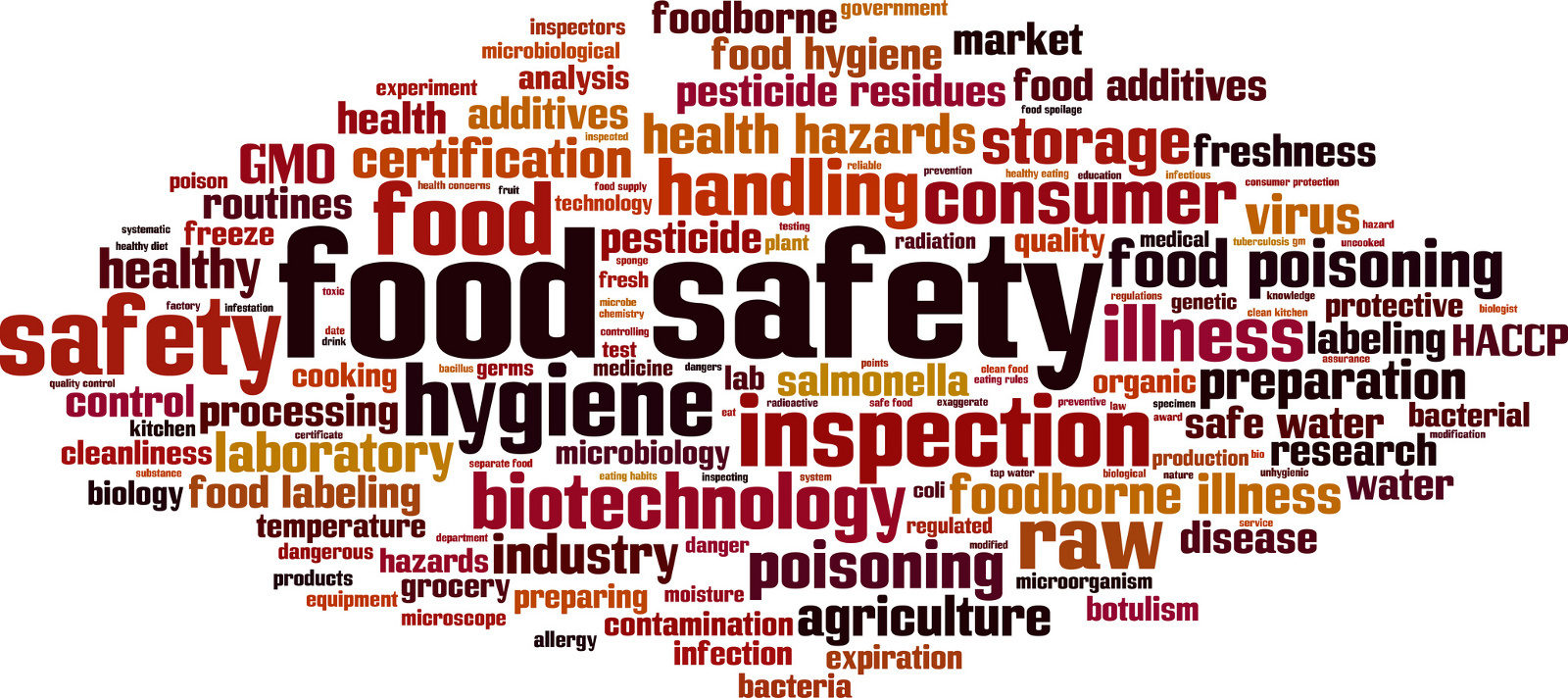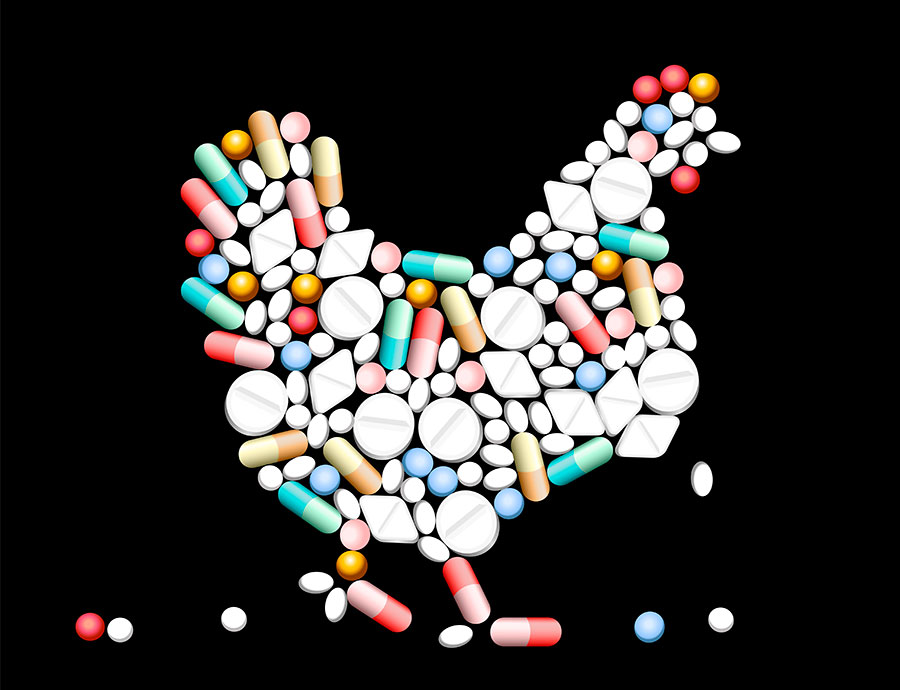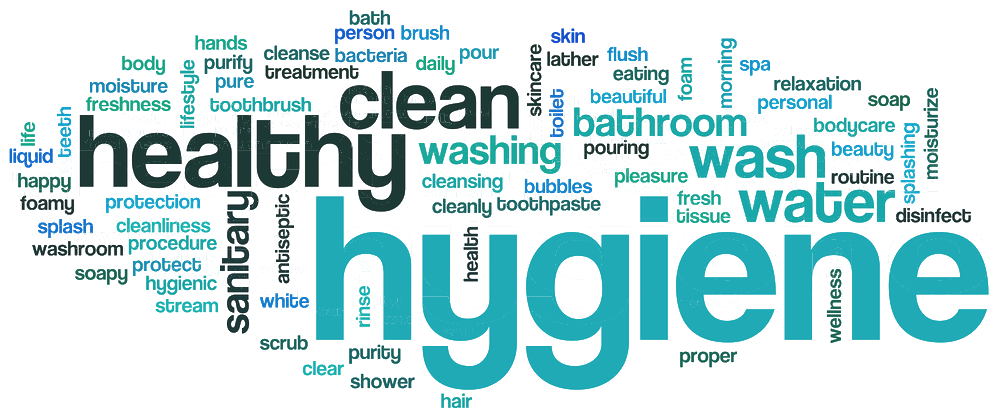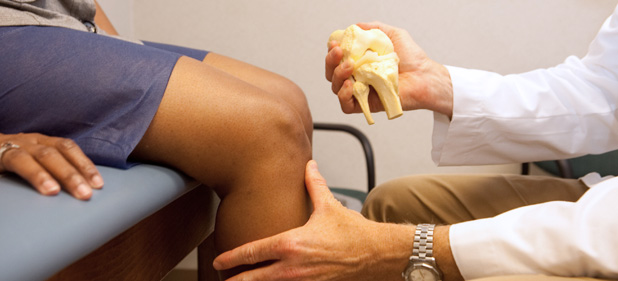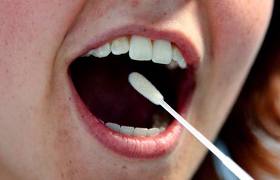
 A new type of bio-sensor can detect minute traces of glucose in saliva, tears and urine, doing away with pinpricks for diabetes testing.
A new type of bio-sensor can detect minute traces of glucose in saliva, tears and urine, doing away with pinpricks for diabetes testing.
Its an inherently non-invasive way to estimate glucose content in the body, said Jonathan Claussen, former Purdue University doctoral student and now a research scientist at the US Naval Research Lab.

Because it can detect glucose in the saliva and tears, it is a platform that might eventually help to eliminate or reduce the frequency of using pinpricks for diabetes testing, said Claussen, the journal Advanced Functional Materials reports.
Claussen and Purdue doctoral student Anurag Kumar led the project, working with Timothy Fisher, Purdue professor of mechanical engineering; D. Marshall Porterfield, professor of agricultural and biological engineering; and other researchers at the universitys Birck Nanotechnology Centre, according to a Naval Lab statement.
Most sensors typically measure glucose in blood, Claussen said. Many in the literature arent able to detect glucose in tears and the saliva. Whats unique is that we can sense in all four different human serums: the saliva, blood, tears and urine. And that hasnt been shown before.

The sensor has three main parts: layers of nanosheets resembling tiny rose petals made of a material called graphene, which is a single-atom-thick film of carbon; platinum nanoparticles; and the enzyme glucose oxidase.
Besides diabetes testing, the technology might be used for sensing a variety of chemical compounds to test for other medical conditions.
Tears of joy for diabetics. Getty Images
Because we used the enzyme glucose oxidase in this work, its geared for diabetes, Claussen said.
But we could just swap out that enzyme with, for example, glutemate oxidase, to measure the neurotransmitter glutamate to test for Parkinsons and Alzheimers, or ethanol oxidase to monitor alcohol levels for a breathalyzer. Its very versatile, fast and portable.
The technology is able to detect glucose in concentrations as low as 0.3 micromolar, far more sensitive than other electrochemical biosensors based on graphene or graphite, carbon nanotubes and metallic nanoparticles, Claussen said.
Be a part of Elets Collaborative Initiatives. Join Us for Upcoming Events and explore business opportunities. Like us on Facebook , connect with us on LinkedIn and follow us on Twitter , Instagram.







